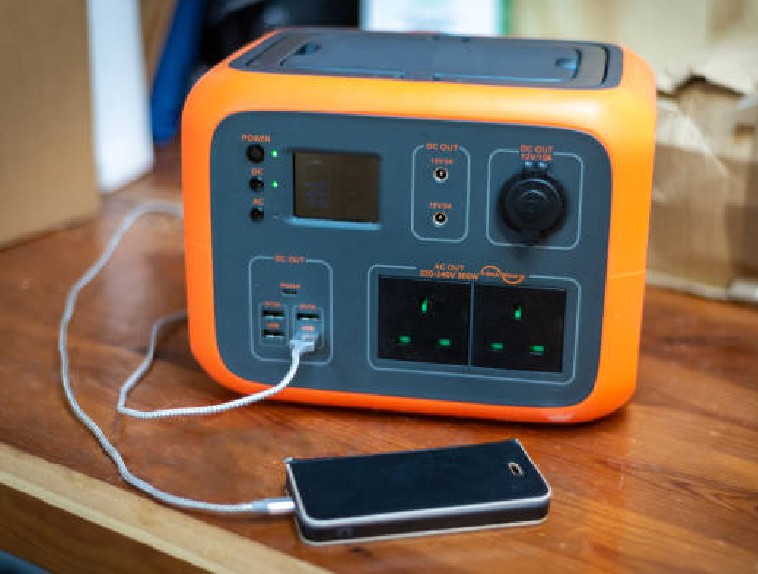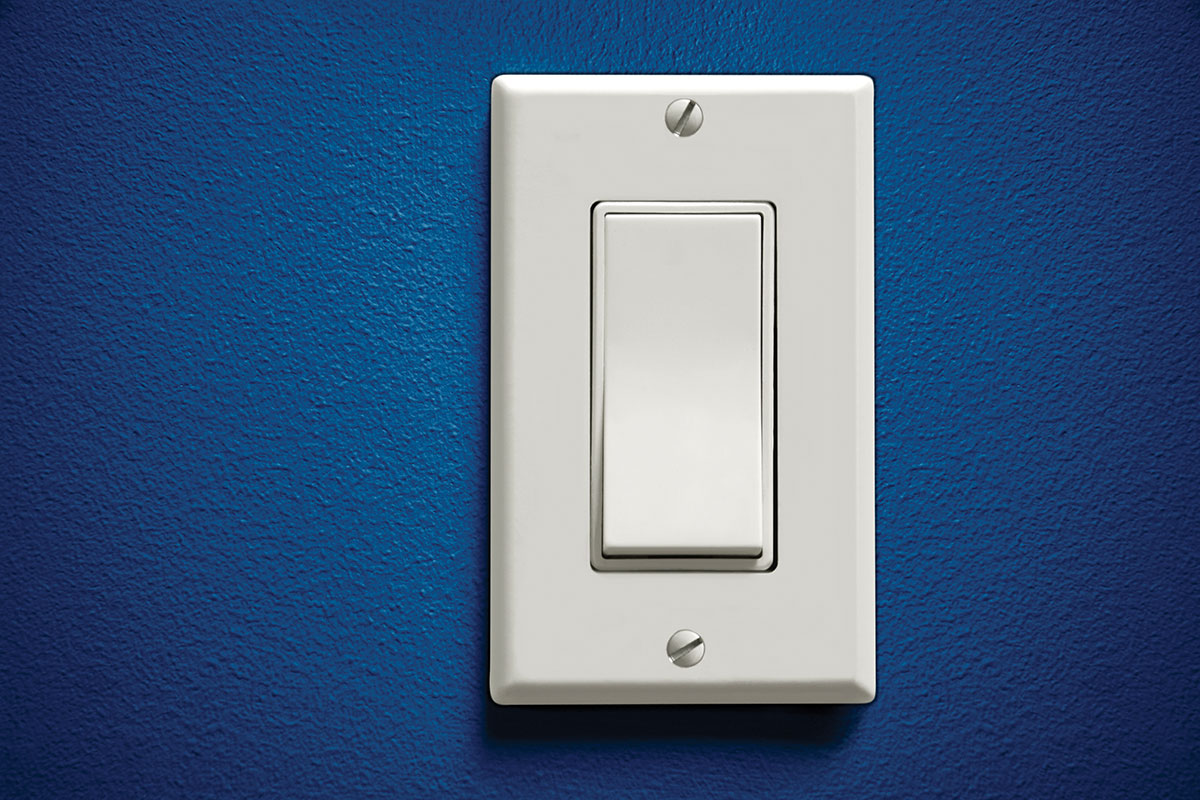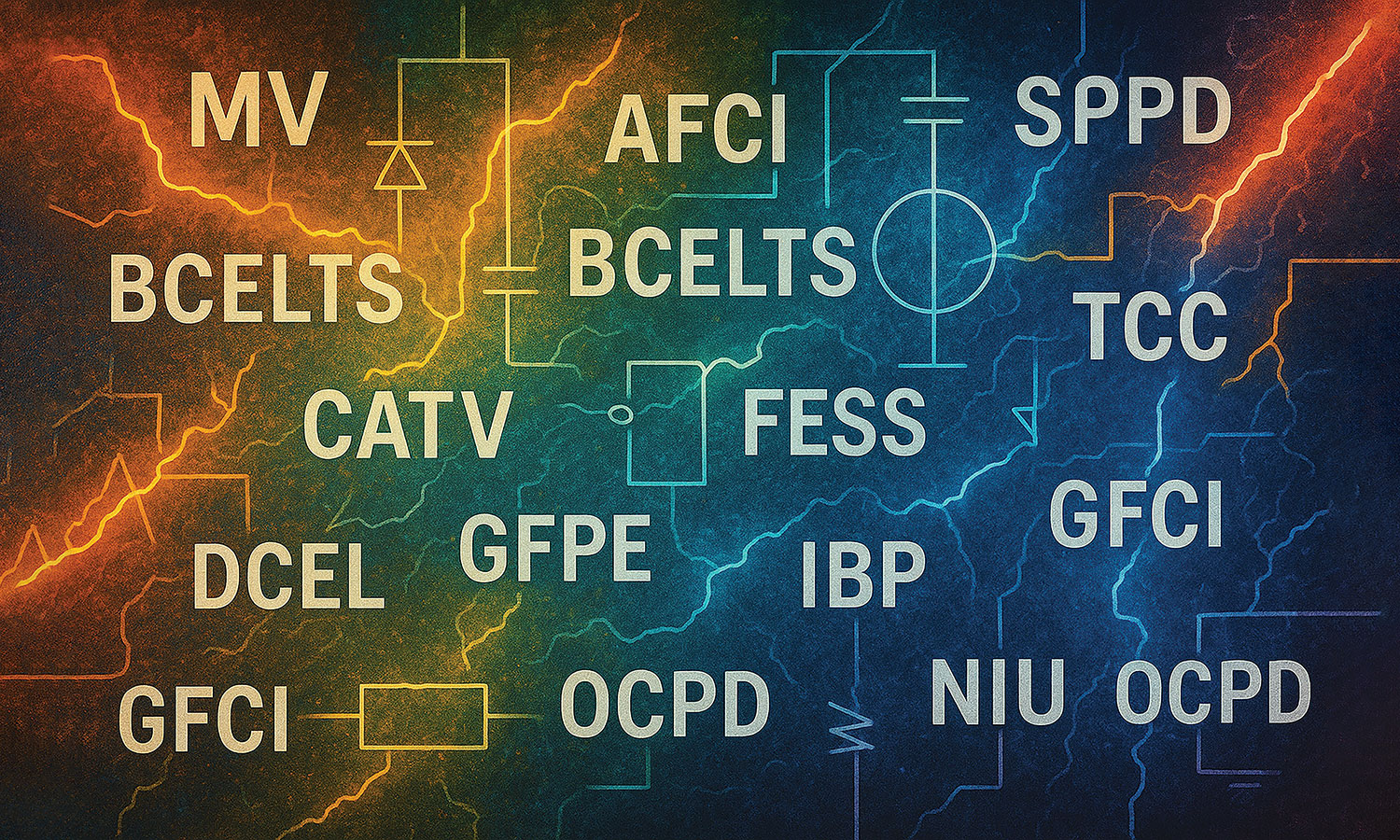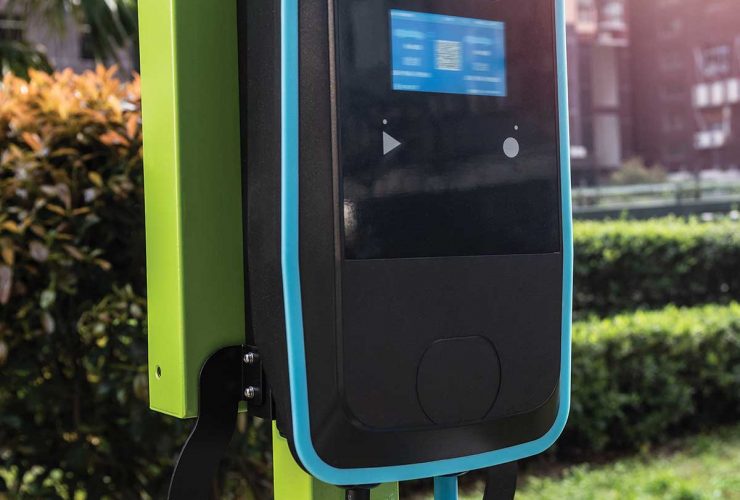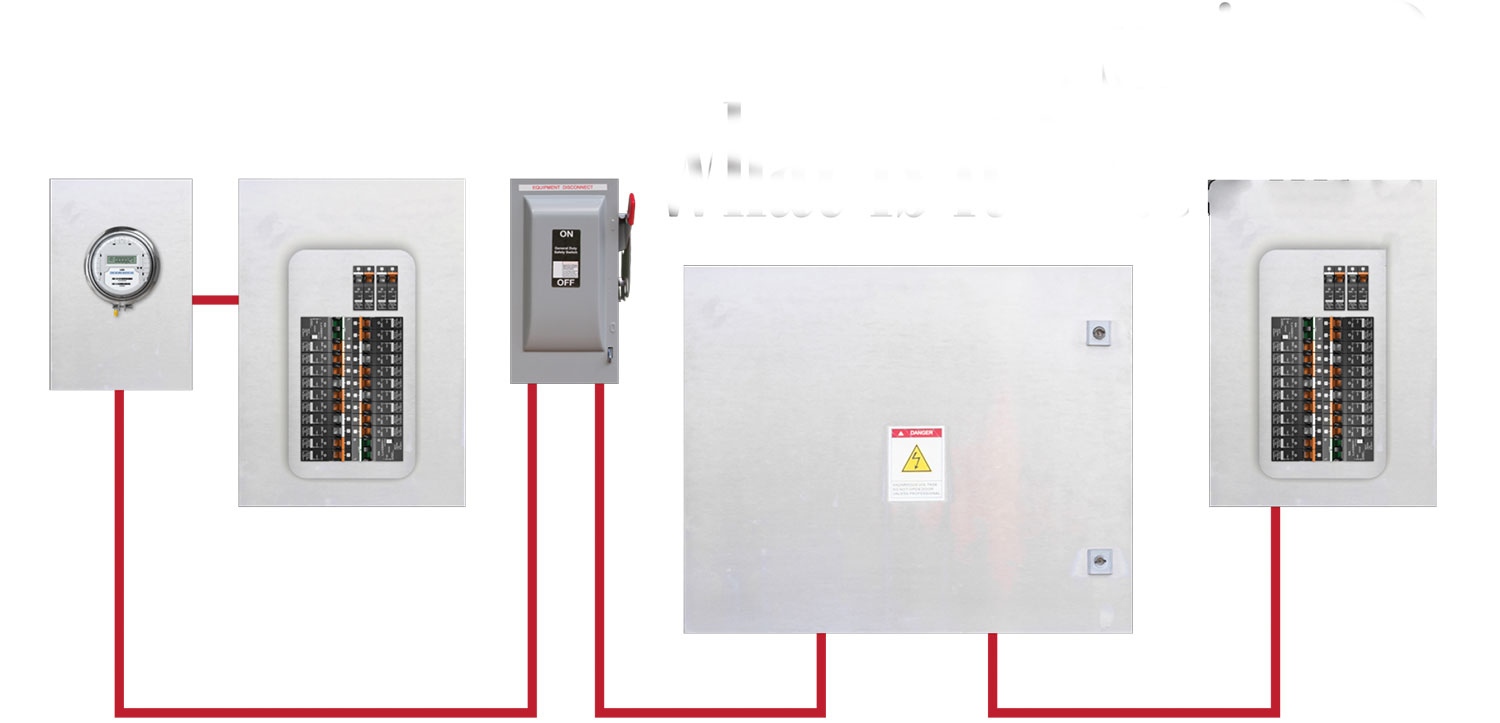The testing and certification process is essential in the development, manufacture, and ultimate use of electrical products.
The terms in the 2023 NEC are being updated to reflect changes to the NEC Style Manual, leading to less room for interpretation and fewer errors during installation.
Electrical Inspectors need to approach urgent care clinics differently than non-healthcare facilities like commercial buildings, such as meeting the requirements of NFPA 99.
Comprehensive antimicrobial performance test standards are under development for devices, from the performance of UV lights to bipolar ionization.
EV charging stations, “Charge Points” (after the ChargePoint brand), “Level 1/2/3” Chargers, Superchargers, DC Fast Chargers, CCS Combo Systems, and SAE J1772 Connectors, all refer to Electric Vehicle Supply Equipment or EVSE.
The rise of Power Over Ethernet (PoE) technologies and ever-evolving power delivery capabilities have transformed the building environment inside and out over the last two decades.
Electrical equipment intended for potentially explosive atmospheres (or hazardous locations), is evaluated to stringent requirements in accordance with the NEC, local regulations, and/or harmonized standards such as the IEC 60079 series standards.
Electric vehicle batteries that are repurposed for use in new applications generally undertake a three-step process.
The 2020 edition of the National Electric Code (NEC) includes special provisions for reconditioned or refurbished electrical equipment, defined as “electromechanical systems, equipment, apparatus, or components” that have been reworked and restored to operating conditions.
What is the rating of a branch circuit, feeder, or consumer’s service as mandated by the Canadian Electrical Code?


